Land Management Techniques for Environmental Stewardship
- August 15, 2024
- 0 comment
Environmental stewardship through effective land management techniques is essential for preserving the natural balance of ecosystems. These techniques involve a holistic approach, integrating sustainable practices to maintain and improve the health of the land. Key strategies include soil conservation methods, such as contour plowing and terracing, which prevent erosion and retain soil fertility. Water management practices, like the construction of retention basins and the use of drip irrigation, help in the efficient utilization of water resources, reducing waste and ensuring that water remains available for all ecosystem needs.
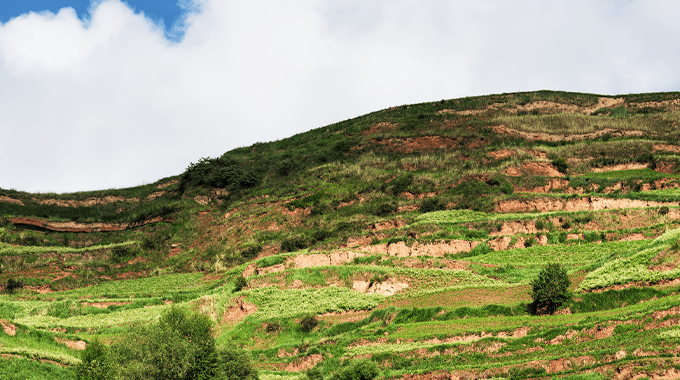
Additionally, reforestation and afforestation efforts play a crucial role in restoring degraded lands and enhancing biodiversity. Implementing controlled grazing and crop rotation further aids in maintaining soil quality and reducing land degradation. By adopting these practices, land managers can significantly contribute to the resilience and sustainability of ecosystems, ensuring that natural resources are available for future generations while fostering a harmonious relationship between human activities and the environment.
List of Land Management Techniques for Environmental Stewardship
- Water Management Practices
- Vegetation Management
- Sustainable Agricultural Practices
- Grazing and Livestock Management
- Land Management Restoration and Rehabilitation
- Community Involvement and Education
- Policy and Regulatory Framework
Water Management Practices
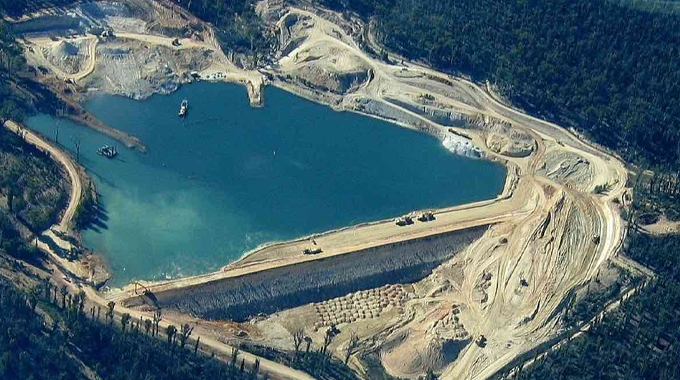
Retention Basins
Retention basins are engineered structures designed to capture and store runoff water, helping to manage stormwater and reduce flooding risks. These basins allow water to percolate into the ground, replenishing groundwater supplies and supporting local ecosystems. By mitigating the impact of heavy rainfall, retention basins play a crucial role in sustaining water quality and preventing soil erosion.
Drip Irrigation Systems
Drip irrigation systems deliver water directly to the roots of plants through a network of tubes and emitters, minimizing water waste and maximizing efficiency. This method is particularly beneficial in arid regions, where water conservation is paramount. By providing precise amounts of water, drip irrigation supports healthy plant growth while conserving vital water resources.
Rainwater Harvesting
Rainwater harvesting involves collecting and storing rainwater from rooftops and other surfaces for later use. This practice reduces the demand on municipal water supplies and provides an alternative source of water for irrigation, livestock, and other needs. Rainwater harvesting promotes water conservation and helps communities become more resilient to drought conditions.
Wetland Restoration
Wetlands act as natural water filters, absorbing pollutants and improving water quality. Wetland restoration projects aim to revive degraded wetlands, enhancing their capacity to store and purify water. These efforts contribute to biodiversity conservation, as wetlands provide critical habitats for a wide range of species. Restoring wetlands also helps in managing flood risks and maintaining the hydrological balance of the landscape.
Vegetation Management

Reforestation
Reforestation involves planting trees in deforested or degraded areas to restore forest ecosystems. This practice helps sequester carbon dioxide, combat climate change, and improve air quality. Reforestation also supports biodiversity by providing habitats for wildlife and maintaining ecological balance.
Afforestation
Afforestation refers to planting trees in areas that were not previously forested. This technique is used to create new forests, enhance carbon sequestration, and improve land productivity. Afforestation projects can help mitigate desertification, reduce soil erosion, and provide economic benefits through timber and non-timber forest products.
Native Plant Restoration
Restoring native plants to an area promotes ecological integrity and resilience. Native plants are well-adapted to local conditions, requiring less water and maintenance than non-native species. By reestablishing native vegetation, land managers can support local wildlife, prevent the spread of invasive species, and maintain ecosystem functions.
Controlled Burning
Controlled burning, or prescribed fire, is a land management technique used to reduce fuel loads, manage invasive species, and promote the growth of native vegetation. By carefully planning and executing burns, land managers can prevent larger, uncontrolled wildfires and maintain the health of fire-adapted ecosystems.
Sustainable Agricultural Practices
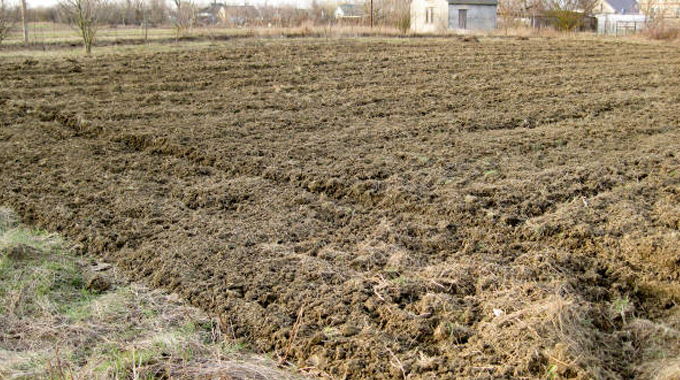
Crop Rotation
Crop rotation involves changing the type of crop grown in a particular field from season to season. This practice helps break pest and disease cycles, improve soil fertility, and reduce the need for chemical inputs. Crop rotation supports sustainable agriculture by maintaining soil health and enhancing crop yields.
Organic Farming
Organic farming emphasizes the use of natural inputs and sustainable practices to maintain soil fertility and ecological balance. By avoiding synthetic fertilizers and pesticides, organic farming reduces environmental pollution and promotes biodiversity. This approach also supports the health and well-being of consumers by providing chemical-free produce.
Agroforestry
Agroforestry integrates trees and shrubs into agricultural landscapes, combining agricultural and forestry practices for mutual benefits. Trees provide shade, improve soil structure, and enhance biodiversity, while agricultural crops benefit from improved microclimates and reduced erosion. Agroforestry systems contribute to sustainable land use and increased resilience to climate change.
Integrated Pest Management (IPM)
Integrated Pest Management (IPM) combines biological, cultural, mechanical, and chemical methods to control pests in an environmentally sustainable way. IPM aims to minimize the use of harmful pesticides, reduce pest damage, and promote natural pest control mechanisms. This approach supports sustainable agriculture by protecting crops and maintaining ecological balance.
Grazing and Livestock Management
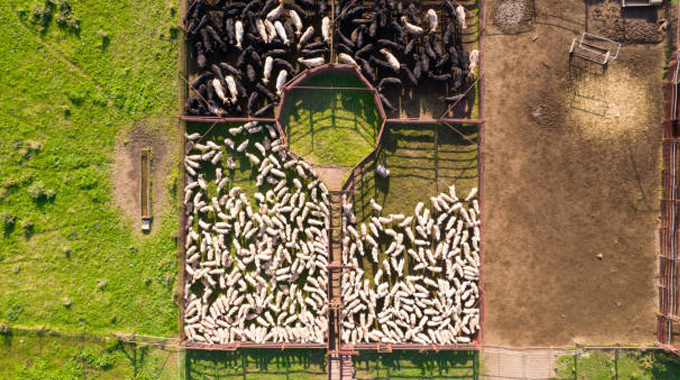
Rotational Grazing
Rotational grazing involves moving livestock between pastures to allow forage plants to recover and regenerate. This practice improves pasture productivity, prevents overgrazing, and enhances soil health. Rotational grazing supports sustainable livestock management by promoting healthy ecosystems and ensuring a continuous supply of nutritious forage.
Silvopasture Systems
Silvopasture systems combine trees, forage, and livestock in an integrated land-use system. This approach provides multiple benefits, including diversified income sources, improved animal welfare, and enhanced biodiversity. Silvopasture systems contribute to sustainable land management by optimizing resource use and promoting ecological balance.
Riparian Buffer Zones
Riparian buffer zones are vegetated areas along water bodies that protect water quality by filtering runoff, stabilizing stream banks, and providing habitat for wildlife. Establishing riparian buffers helps prevent soil erosion, reduce nutrient pollution, and maintain healthy aquatic ecosystems. These zones play a crucial role in sustainable land and water management.
Fencing and Grazing Plans
Proper fencing and grazing plans help manage livestock movement and protect sensitive areas from overgrazing. By implementing well-designed grazing plans, land managers can balance forage availability with livestock needs, promote pasture health, and prevent land degradation. These practices support sustainable livestock management and ensure long-term productivity.
Land Management Restoration and Rehabilitation
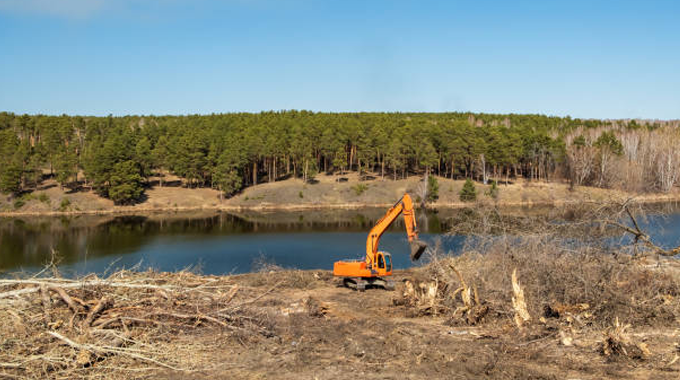
Erosion Control Measures
Erosion control measures, such as planting cover crops, building terraces, and using erosion control blankets, help stabilize soil and prevent erosion. These techniques protect soil health, improve water quality, and maintain land productivity. Erosion control is essential for sustainable land management and environmental stewardship.
Mine Reclamation
Mine reclamation involves restoring land that has been disturbed by mining activities to a natural or economically usable state. This process includes soil stabilization, re-vegetation, and water quality improvement. Mine reclamation efforts contribute to environmental restoration, landscape rehabilitation, and community revitalization.
Invasive Species Management
Managing invasive species involves preventing their introduction, controlling their spread, and restoring native ecosystems. Invasive species can disrupt ecological balance, reduce biodiversity, and damage habitats. Effective management strategies include mechanical removal, chemical treatments, and biological control. These efforts support sustainable land management and biodiversity conservation.
Soil Remediation Techniques
Soil remediation techniques aim to remove or neutralize contaminants in the soil, restoring its health and productivity. Methods include bioremediation, phytoremediation, and soil washing. Soil remediation is essential for reclaiming polluted land, protecting human health, and promoting sustainable land use.
Community Involvement and Education

Public Awareness Campaigns
Public awareness campaigns educate communities about the importance of sustainable land management and environmental stewardship. These campaigns can involve media outreach, educational materials, and community events. Raising awareness encourages responsible land use practices and fosters a culture of conservation.
Community-based Conservation Programs
Community-based conservation programs engage local communities in protecting and managing natural resources. These programs empower communities to take an active role in conservation efforts, promoting sustainable practices and enhancing local stewardship. Community involvement is crucial for the long-term success of environmental initiatives.
Educational Workshops and Training
Educational workshops and training programs provide land managers, farmers, and community members with the knowledge and skills needed for sustainable land management. These programs cover topics such as soil health, water conservation, and biodiversity protection. Education and training support informed decision-making and promote best practices.
Volunteer Programs and Citizen Science
Volunteer programs and citizen science initiatives involve community members in hands-on conservation activities and data collection. These programs enhance public engagement, build environmental awareness, and contribute valuable information to scientific research. Volunteer efforts support sustainable land management and foster a sense of stewardship.
Policy and Regulatory Framework
Land Use Planning and Zoning
Land use planning and zoning regulations guide the development and use of land to ensure sustainable and compatible land uses. Effective planning and zoning help protect natural resources, prevent land degradation, and promote balanced development. These regulations are essential for sustainable land management and environmental stewardship.
Environmental Regulations and Compliance
Environmental regulations set standards and guidelines for land use activities to protect the environment and public health. Compliance with these regulations ensures that land management practices minimize negative impacts and promote sustainability. Regulatory frameworks support responsible land use and conservation efforts.
Incentives for Sustainable Practices
Incentive programs, such as grants, tax breaks, and subsidies, encourage landowners and managers to adopt sustainable practices. These incentives support the implementation of conservation measures, promote innovation, and reward stewardship. Incentive programs are essential for advancing sustainable land management and environmental goals.
International Agreements and Collaborations
International agreements and collaborations facilitate the sharing of knowledge, resources, and best practices for sustainable land management. These partnerships address global challenges, such as climate change, biodiversity loss, and land degradation. International cooperation enhances the effectiveness of environmental stewardship efforts and promotes global sustainability.
Frequently Asked Questions (FAQs)
- What are the key land management techniques for environmental stewardship?
Key techniques include soil conservation, water management, vegetation management, sustainable agricultural practices, grazing and livestock management, land restoration, and community involvement. These methods aim to maintain and improve land health, promote biodiversity, and ensure sustainable resource use. - Why is soil conservation important in land management?
Soil conservation prevents erosion, maintains soil fertility, and supports healthy plant growth. Techniques like contour plowing, terracing, and cover cropping protect the soil from degradation, ensuring its long-term productivity and ecological balance. - How do water management practices contribute to environmental stewardship?
Water management practices like retention basins, drip irrigation, rainwater harvesting, and wetland restoration optimize water use, reduce waste, and maintain water quality. These methods support ecosystem health, prevent flooding, and ensure water availability for various needs. - What role does vegetation management play in sustainable land use?
Vegetation management, including reforestation, afforestation, native plant restoration, and controlled burning, enhances biodiversity, improves air and water quality, and stabilizes soil. It also sequesters carbon, helping mitigate climate change and maintaining ecosystem resilience. - What are some sustainable agricultural practices that promote environmental stewardship?
Sustainable practices like crop rotation, organic farming, agroforestry, and integrated pest management (IPM) improve soil health, reduce chemical use, and support biodiversity. These methods ensure long-term agricultural productivity and minimize environmental impact. - How does rotational grazing benefit land management?
Rotational grazing involves moving livestock between pastures to prevent overgrazing and promote plant recovery. This practice improves pasture productivity, maintains soil health, and supports sustainable livestock management, ensuring balanced ecosystem functioning. - What are the benefits of land restoration and rehabilitation?
Land restoration and rehabilitation techniques, such as erosion control, mine reclamation, invasive species management, and soil remediation, restore degraded land, improve ecosystem health, and enhance biodiversity. These efforts contribute to sustainable land use and environmental conservation. - How can communities get involved in land management and environmental stewardship?
Communities can participate in public awareness campaigns, community-based conservation programs, educational workshops, and volunteer initiatives. Engaging local communities fosters a sense of stewardship, promotes sustainable practices, and enhances conservation efforts. - What is the importance of policy and regulatory frameworks in land management?
Effective policies and regulations guide sustainable land use, protect natural resources, and ensure environmental compliance. Incentive programs and international collaborations support the adoption of best practices, advancing environmental stewardship goals on a larger scale. - How do international agreements and collaborations support sustainable land management?
International agreements and collaborations facilitate knowledge sharing, resource exchange, and coordinated efforts to address global environmental challenges. These partnerships enhance the effectiveness of land management practices and promote sustainable development worldwide.

Gilbert Griffin
Forestry AuthorGilbert Griffin is a forest management expert specializing in sustainable practices, forest health, conservation, and land management. With extensive knowledge in pest control, disease management, and habitat restoration, Gilbert develops strategies to preserve forest ecosystems and biodiversity. Passionate about the natural world, Gilbert adapts to changes in forest management and stays updated through continuous learning. Gilbert also provides seasonal advice to optimize forest care throughout the year.

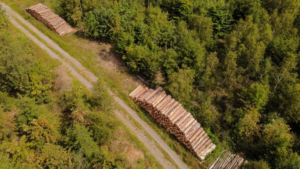
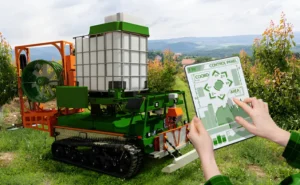

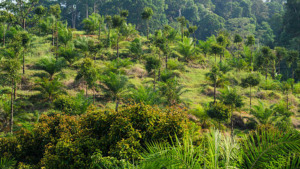
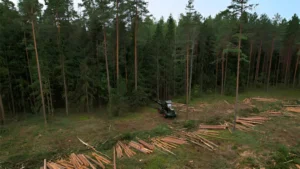

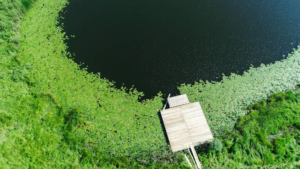

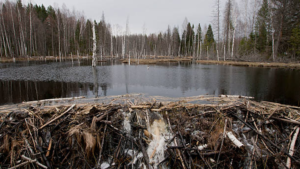
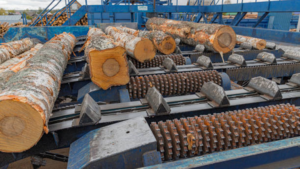

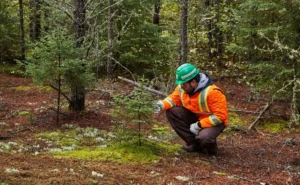
Leave your comment